Consider following data:
EventDate,Value
1.1.2019,11
1.2.2019,5
1.3.2019,6
1.4.2019,-15
1.5.2019,-20
1.6.2019,-30
1.7.2019,12
1.8.2019,20
I want to create groups of when these values are within thresholds:
1. > 10
2. <=10 >=-10
3. >-10
The result should be with start and end of values in a certain state:
1.1.2019, 1.1.2019, [11]
1.2.2019, 1.3.2019, [5, 6]
1.4.2019, 1.6.2019, [-15, -20, -30]
1.7.2019, 1.8.2018, [12, 20]
I believe the answer is within the window function, but I am fairly new to databricks and I can't understand how to use it (yet).
Here is a working (python) solution based on looping through the dataframe as a list, however I would prefer a solution that works directly on the dataframe for performance.
from pyspark.sql.functions import *
import pandas as pd
STATETHRESHOLDCHARGE = 10
list = [{"eventDateTime":x["EventDate"], "value":x["Value"]} for x in dataframe.sort(dfArrayOneCast.EventDate).rdd.collect()]
cycles = []
previous = None
for row in list:
currentState = 'charge'
if row["value"] < STATETHRESHOLDCHARGE and row["value"] > (STATETHRESHOLDCHARGE * -1):
currentState = 'idle'
if row["value"] <= (STATETHRESHOLDCHARGE * -1):
currentState = 'discharge'
eventDateTime = row["eventDateTime"]
if previous is None or previous["state"] != currentState:
previous = {"start":row["eventDateTime"], "end":row["eventDateTime"], "values":[row["value"]], "timestamps":[row["eventDateTime"]], "state":currentState}
cycles.append(previous)
else:
previous["end"] = row["eventDateTime"]
previous["values"].append(row["value"])
previous["timestamps"].append(row["eventDateTime"])
display(cycles)


